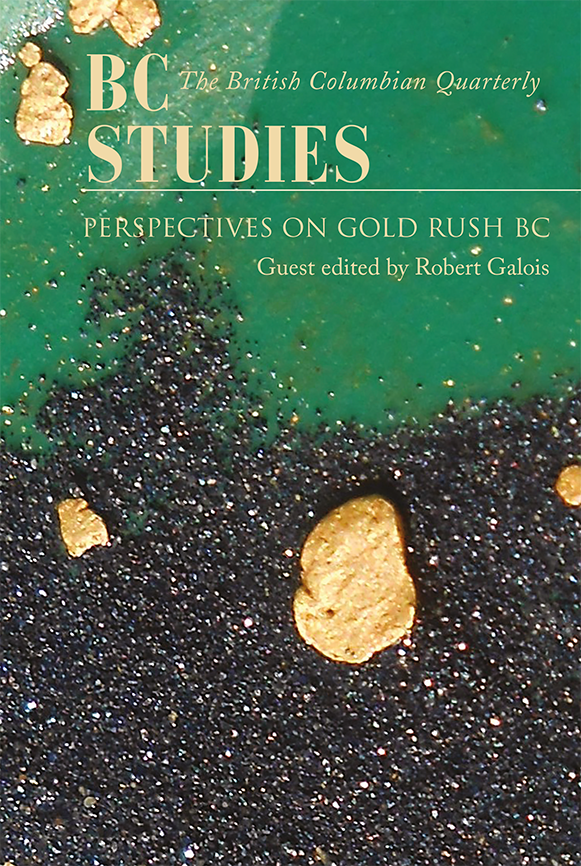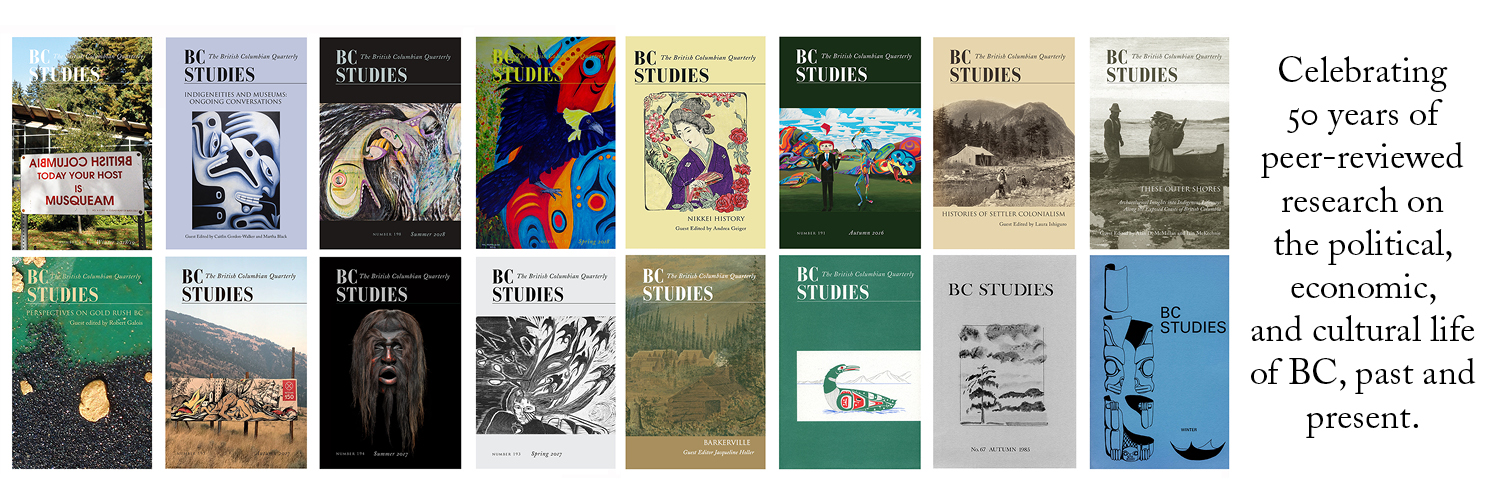Gold in the Documents: Estimating Placer Mining Excavation Volumes in the Fraser Basin, British Columbia Using Historical Sources
DOI:
https://doi.org/10.14288/bcs.v0i196.189312Keywords:
Fraser River, Cariboo, Gold Rush, Placer Mining, historical geomorphology, fluvial systems, gravel bed river, miningAbstract
Important geomorphic consequences of placer mining have often been assumed to come primarily from large hydraulic mines. Observation of significant impacts from widespread small scale (500-500,000 cubic meter excavation) mines along Fraser River, British Columbia shows the need for a method to estimate the impact of mining activity from general historical information rather than detailed investigation of the physical landscape or company records. A method is presented to estimate the volume of gravel excavated by mining using the amount of gold produced and concentration of gold in the host gravel, which is estimated using information about the efficiency of mining and miner's wages. These historical estimates of gravel excavation along Fraser River are then compared with established estimates of gravel excavation volume determined through comprehensive field survey. The method produces reasonable order-of-magnitude, but negatively biased estimates. The method is used to estimate that on the order of two hundred million cubic meters of gravel was excavated from streams in the Cariboo Mining District that contribute sediment to Fraser River. The study serves as a template method that may be applied in other regions to rapidly estimate the geomorphic impact of mining activity from commonly available historical records.



